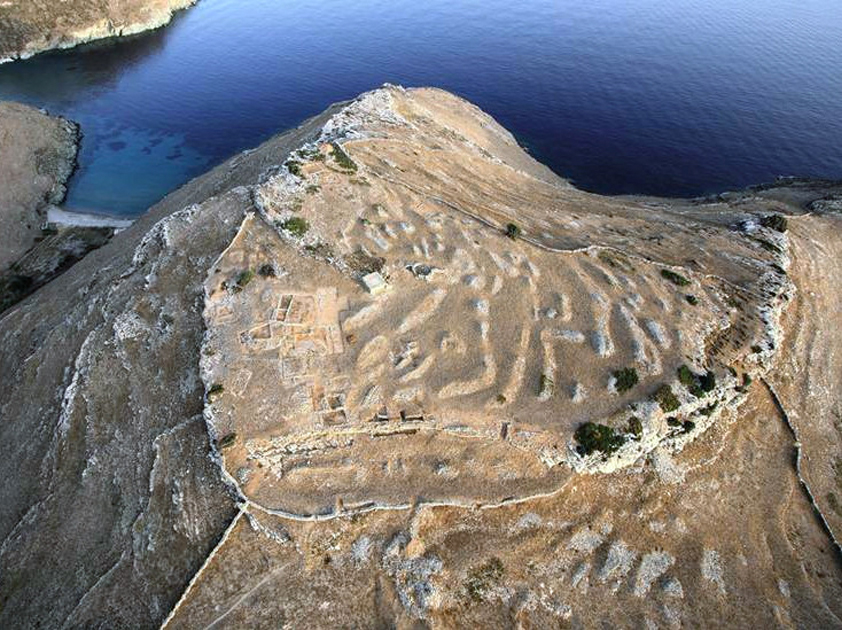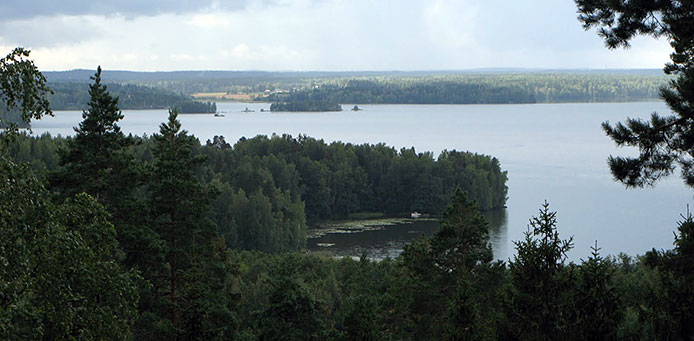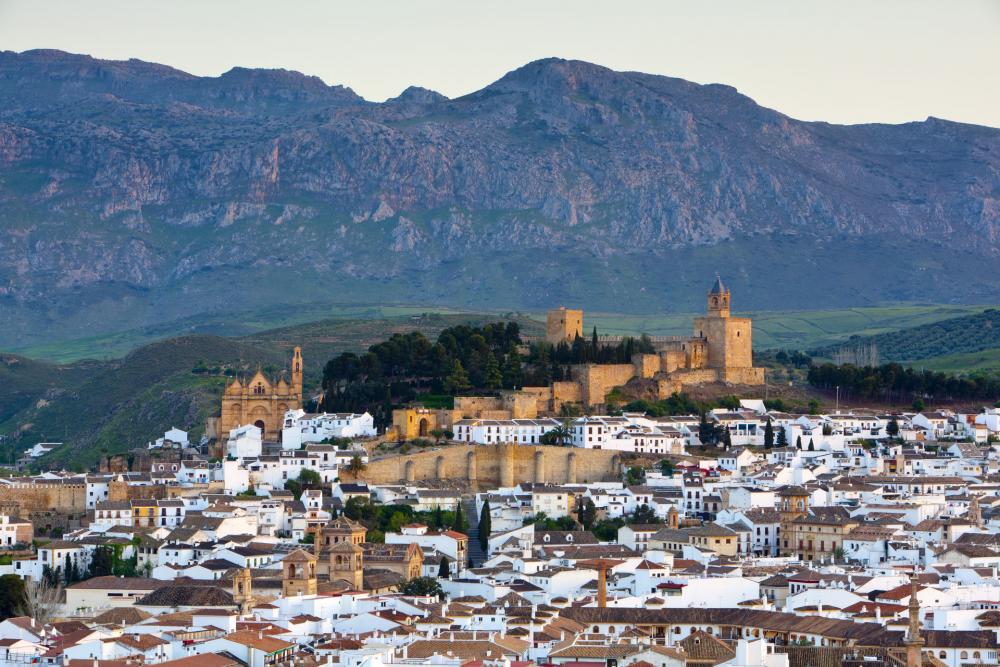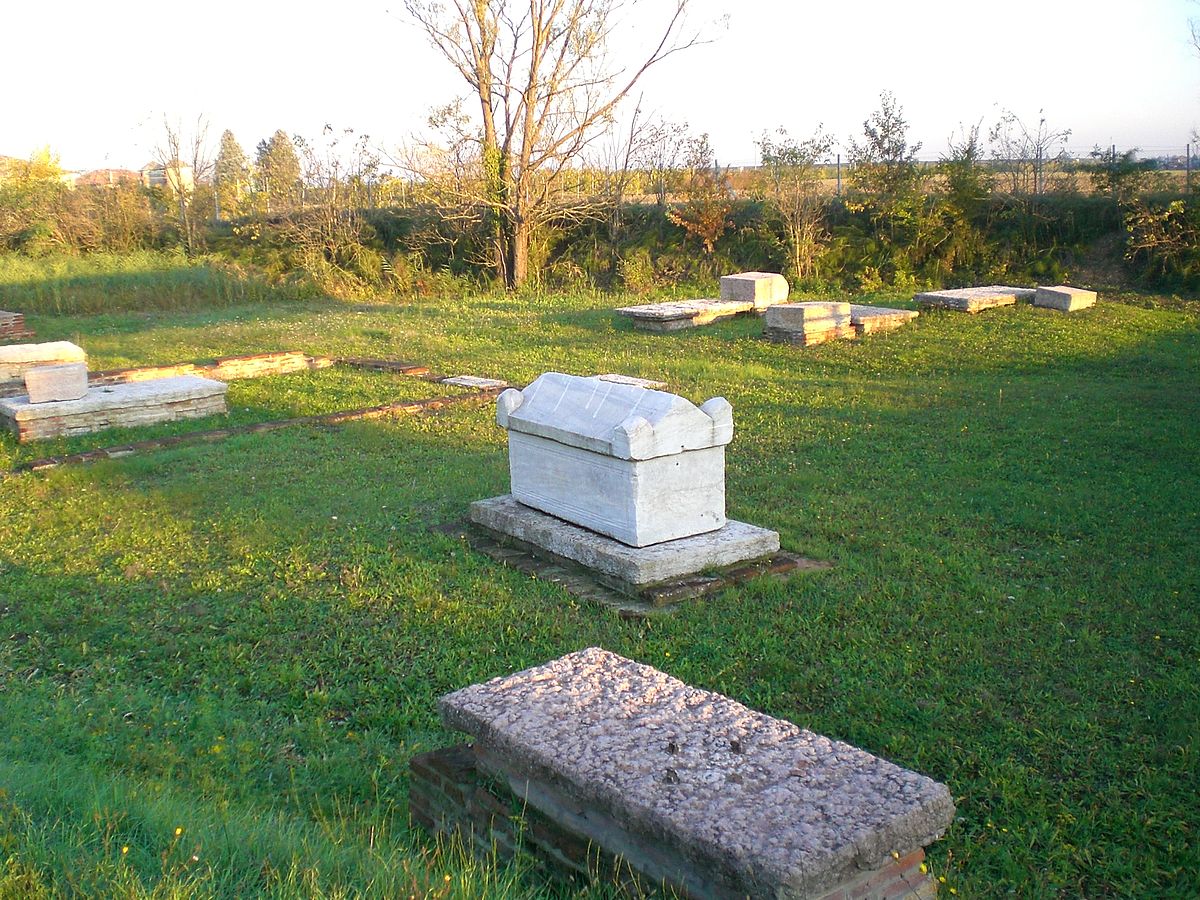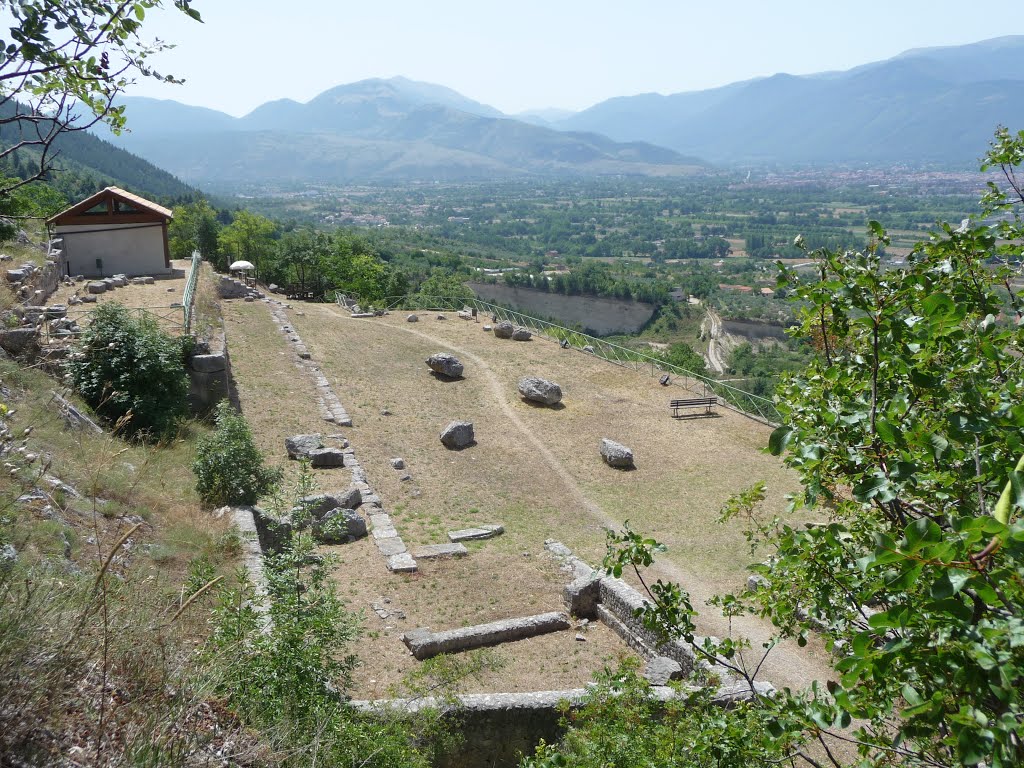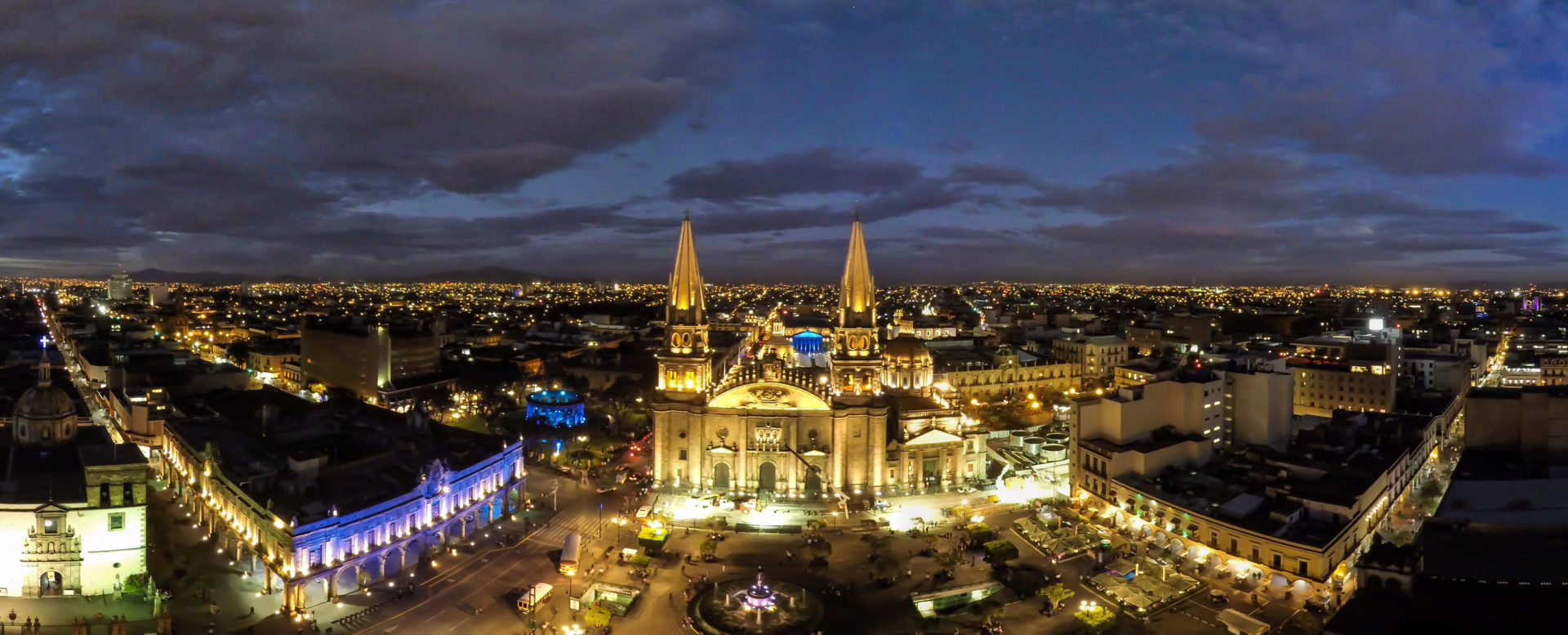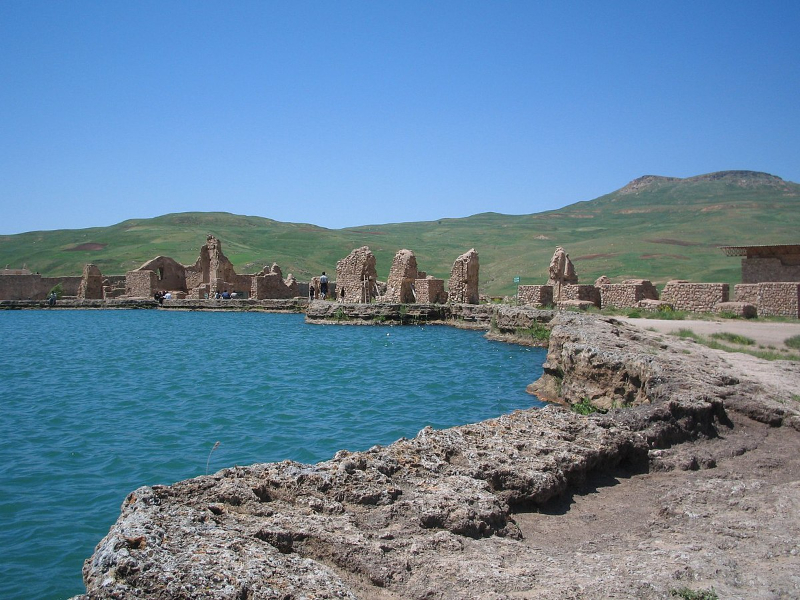Strofilas in Andros is the most ancient city in Europe and dates back to 4,500 – 3,300 BC. It is the largest settlement of the Modern Neolithic Age that has been found in the Aegean. Stropilas was found almost intact in excavations redefining the data of the Cycladic prehistory.Obviously, the position of Andros was a natural bridge between the islands of the Aegean Sea and mainland Greece. It seems that the island’s characteristics such as vegetation, waters and fertile land have favoured the population and housing development of the site. Strofilas reveals a social structure and organisation at an early age because the existence of the city presupposes a collective effort. It also puts our knowledge on new bases for the form and structure of settlements, the art and metallurgy of the Neolithic, Early Cycladic and Middle Cycladic era.
Strofilas is the largest and best preserved, organized and extremely densely built settlement of the Neolithic Age of the Aegean islands. It presents early urban structures and its fortification is the oldest documented example of defensive architecture with gate and bastions. Its ruins uncover a unique in size settlement stretching over 30 acres.
